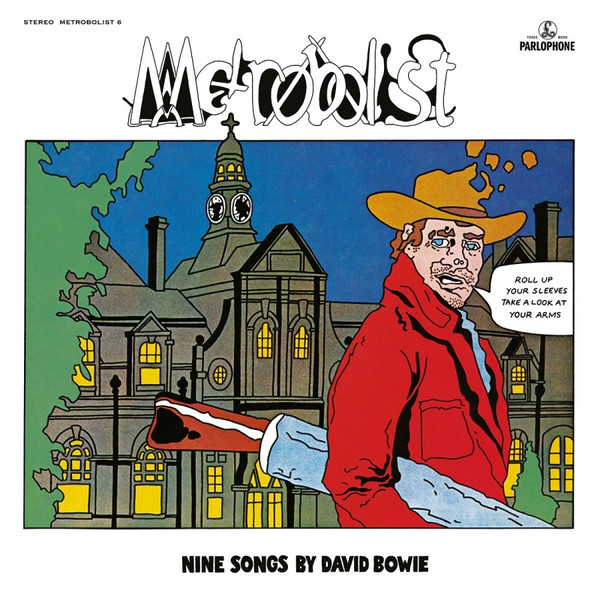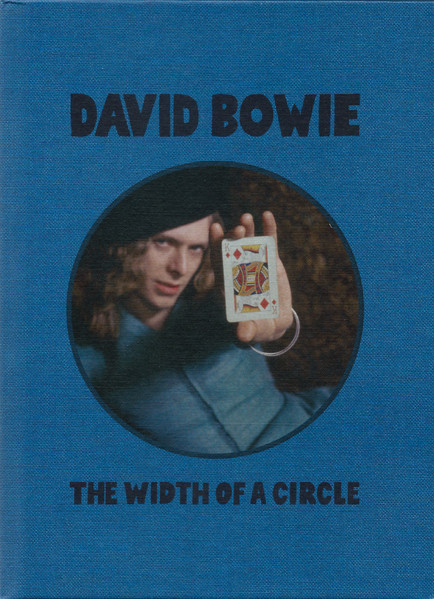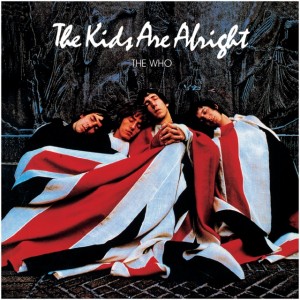
With a split-second hesitation, and immediate defense of the ones that are almost as good,
Hunky Dory is the best David Bowie album. It’s a nice album, and that’s meant in a good way, but like all his stuff, there’s a sinister undercurrent.
It was this album that harvested the seeds for his “sound”; add the crunch of his previous LP to the piano, strings and sax, and you’ve got the Spiders. “Changes” starts the album perfectly, with its melody showing off all he learned from listening to Anthony Newley all those years. Quite a mature statement for a 25-year-old, and the “strange fascination” bridge does a great job of going into third gear right before the last chorus. (By the way, that last sax part at the end is him.) “Oh! You Pretty Things” at first sounds like all his other songs about aliens taking over/improving/destroying the planet, but we’re still seduced (sorry) by the cheery, Sunday morning coffee mood it sets by the simple piano and vocal. “Eight Line Poem” follows immediately; vocally he may be trying to do Dylan, whose piano-dominated New Morning may well have inspired this, but the biggest influence on this track is Nick Drake’s “Time Has Told Me”; the piano and guitar tone on that track are identical to the sound of this one. The piano continues on “Life On Mars?”, the sweeping sound of which carries one away, just like whatsername watching the movie show. And the “My Way”-meets-2001 ending is stunning, right down to the phone ringing at the end of the track. “Kooks” is a lullaby to newborn Zowie Bowie, complete with admission of the fear that he might not be a perfect father. (An understatement, since it’s bad enough your Dad says he’s bi, shaves his eyebrows, dyes his hair orange and banana-yellow, does enough coke to cover Antarctica… but he names you Zowie! Which the way yer supposed to pronounce it rhymes with your last name! Wouldn’t have been much better if it rhymed with “kapowie” or “Maui”, but you’ve suffered enough.) This track is very derivative of Neil Young’s “Till The Morning Comes” from After The Gold Rush, also out around the same time. “Quicksand” is another tune one can love without understanding what it’s about. The chords are catchy, as is the subtle key change that can’t happen until the first chorus that sets up for the modulation towards the last chorus.
“Fill Your Heart”, picked up from a Tiny Tim B-side, is the first candidate for clunker of the album, but it’s so gosh-darn happy, and however Mick Ronson learned to arrange strings—or copy them from the original version—they make the song memorable. The tribute to “Andy Warhol” would probably be forgettable, if not for the in-the-studio snippet that starts the tune, an idea stolen from Dylan’s “115th Dream”. Speaking of which, “Song For Bob Dylan” hasn’t worn well over the years, mostly because the message is muddled. In the future he would do better in this style without being so overt. If he found a different lyric for the verse, while keeping the “here she comes” chorus, it might have aged better. But “Queen Bitch” is just fun, a sugar-coated distillation of Lou Reed’s Tales of the City, and the last verse where he’s “staring at [his] hotel wall…phoning a cab…throwing both his bags down the hall” is such a great litany of growing pissed-offness. (Best musical moment: where the electric comes crunching in on the third bar.) “The Bewlay Brothers” is one of many tunes about his brother Terry. It’s not clear what “Bewlay” refers to, but the last part about baking pie still startles when it comes in, and the demonic cartoon voices… a stunner.
Hunky Dory gets unjustly overlooked, coming as it did on the cusp of his superstardom, but it’s truly held up after all these years. One gets one’s hopes up when one hears of unreleased gems from the sessions for such a classic album, and in the case of the Rykodisc reissue it was a toss-up. “Bombers” would have been a fine B-side, but just doesn’t fit with the rest of the album. The demo of “Quicksand” and the alternate “Bewlay Brothers” are negligible, but this version of “The Supermen” beats the overblown one on The Man Who Sold The World and the live ones where Ronno is more out of tune than usual.
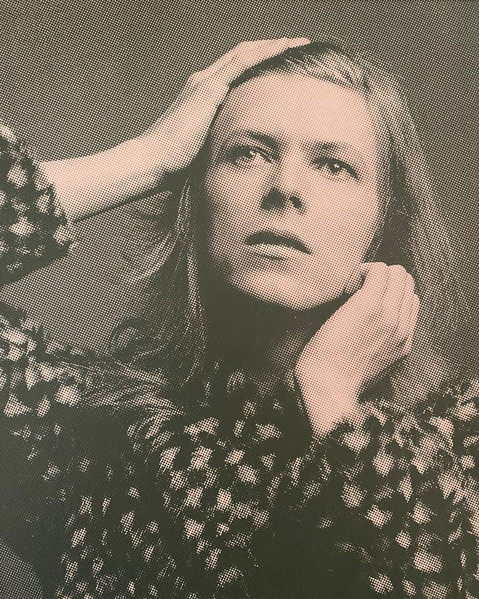 Unlike others, this album was passed over for its thirtieth anniversary, and several milestones since; not until 2022 did something approximating a deluxe edition arrive, in the form of Divine Symmetry. This so-called Alternative Journey Through Hunky Dory offered four CDs of demos, live versions, and outtakes, along with a deluxe book of photos and annotations, another reproducing his notebooks, and a Blu-ray disc of high-resolution audio.
Unlike others, this album was passed over for its thirtieth anniversary, and several milestones since; not until 2022 did something approximating a deluxe edition arrive, in the form of Divine Symmetry. This so-called Alternative Journey Through Hunky Dory offered four CDs of demos, live versions, and outtakes, along with a deluxe book of photos and annotations, another reproducing his notebooks, and a Blu-ray disc of high-resolution audio.
The demos are in varying quality, but include such gems as “Tired Of My Life” (which would one day form part of “It’s No Game”), “Looking For A Friend”, “King Of The City”, and “Shadow Man”. (Along with the live versions, the demos also make clear which piano parts he played himself on the album, some of which we’d previously assumed were Rick Wakeman’s since they’re so proficient.) The “Bowie & Friends” BBC appearance appears twice, mostly, on disc two: the surviving mono tape of the performance, and the stereo mix from the transcription disc distributed for broadcast. Some of this was already on 2000’s BBC compilation, but now we get to hear George Underwood and Dana Gillespie sing “Song For Bob Dylan” and “Andy Warhol” respectively.
Disc three begins with another BBC session, this time of just David and Mick, and a concert performed a few days later with all of the Spiders, plus onetime Animal Tom Parker on piano. Rather than include the album proper, the fourth disc is all alternate mixes, some vintage and some specially prepared for this set. In order to be complete, this means we have repeats of “Changes” and “Amsterdam” sequenced a little too close to each other, and also unnecessary retreads of “Quicksand” and “Bombers”. “Lightening Frightening” (hopefully shelved due to its approximation of a Crazy Horse album track) appears here in chronological context, but the other Arnold Corns content, as well as that superior take of “The Supermen”, would emerge on an expansion of the next album.
David Bowie Hunky Dory (1971)—5
1990 Rykodisc: same as 1971, plus 4 extra tracks
David Bowie Divine Symmetry (2022)—3½

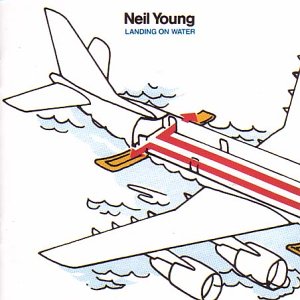

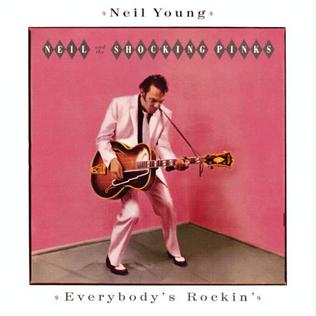


:format(webp):mode_rgb():quality(90)/discogs-images/R-5903912-1416537692-6892.jpeg.jpg)





:format(jpeg):mode_rgb():quality(40)/discogs-images/R-6620945-1423406450-7647.jpeg.jpg)
